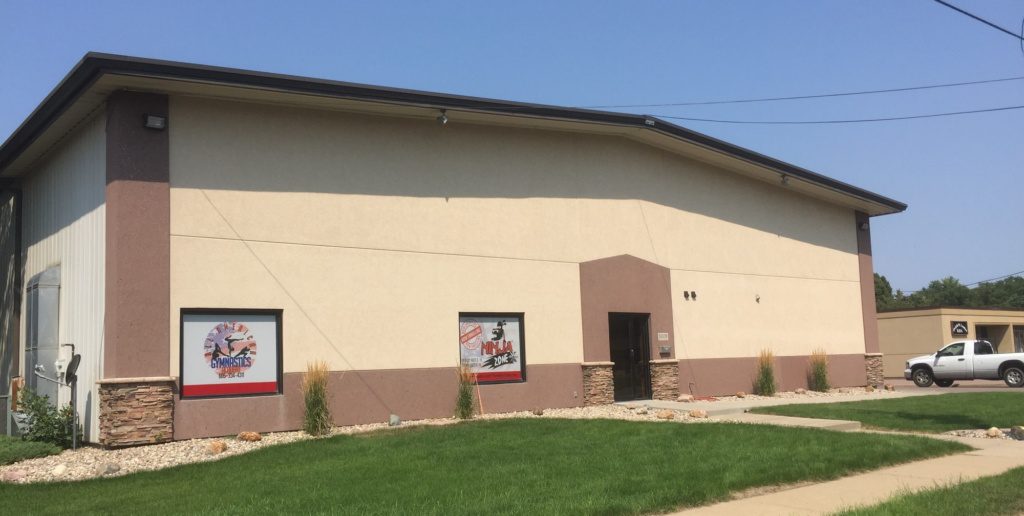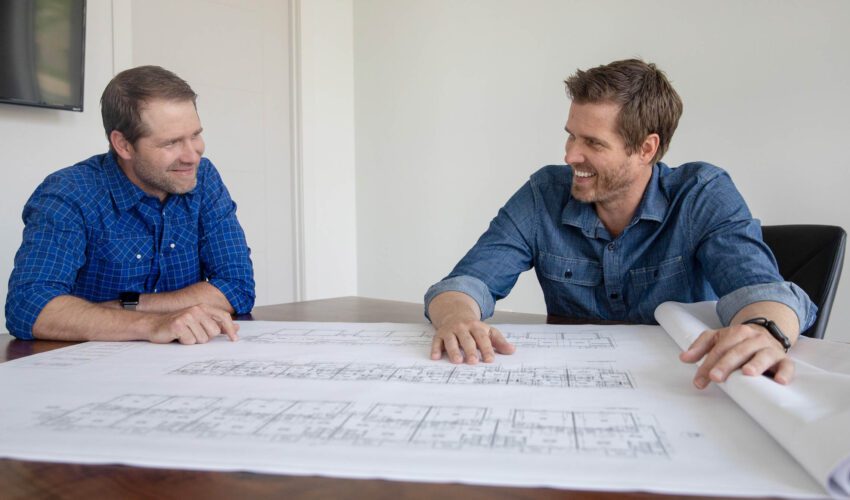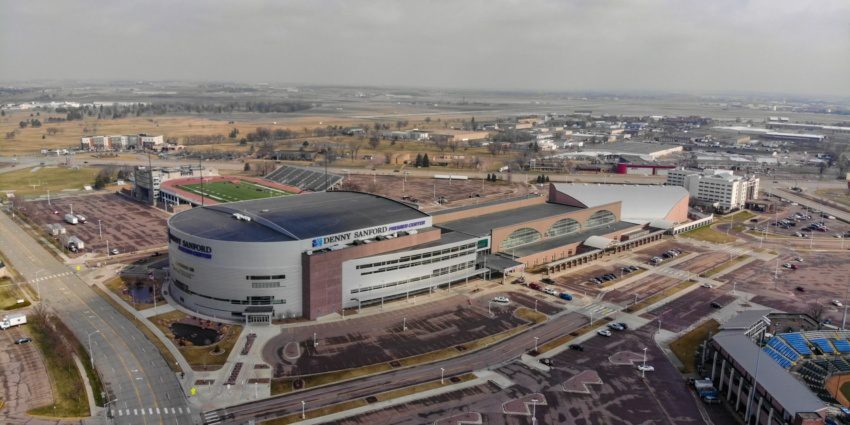Mahlen: Adaptive reuse presents opportunities in Sioux Falls
Feb. 20, 2019
By Marcus Mahlen, commercial real estate broker, NAI Sioux Falls.
Adaptive reuse (noun): The renovation and reuse of pre-existing structures (such as warehouses) for new purposes
The term adaptive reuse is not a new one to commercial real estate or development industries, but it may be somewhat unknown locally in Sioux Falls or South Dakota.
On a national level, adaptive reuse is often talked about in terms of retail big-box stores – many of which have gone dark in recent years. We’ve all seen the headlines and understand the change happening before our eyes with the mass closings of Shopko, Sears, Kmart, Toys R Us and many more.
I could go on about the factors behind these closings and mass layoffs, but this issue is meant to engage in a discussion about the existing structures these stores are leaving behind and how to best utilize them.
In a recent magazine publication on behalf of the CCIM Institute, Michelle Wood gives two great examples of adaptive reuse in the article Teaching an Old Box New Tricks. What examples can be given locally for Sioux Falls that follow this line of thought? The few that come to mind seem to be the darlings of downtown Sioux Falls such as the Jones421 Building or the future Sioux Steel redevelopment. In analyzing these adaptive reuse projects and others, it seems reasonable to consider this is just the tip of the spear for our market.
In our office at NAI Sioux Falls, we are regularly discussing this term and how we can position properties that we represent to become marketable to the highest and best use. One example that comes to mind is a building my manager, Gregg Brown, has listed: the soon-to-be former All American Gymnastics building on South Phillips Avenue.
One proposed adaptive reuse concept that has been brought up is for this building to be retrofitted into a climate-controlled indoor storage facility serving a large core of central Sioux Falls residents.
Another building my firm has listed is the former Kmart store on East 10th Street. At over 92,000 square feet, sitting on over 8 acres, this property would make for a large-scale mixed-use adaptive reuse project – and one that is sorely needed for that area of town.
Recently, myself and a few senior colleagues were involved in an over $3 million transaction that abuts what will be the 49th Street corridor running from Western to Minnesota avenues in south-central Sioux Falls. Is it possible this particular property may increase in value when 49th Street extends, turning an industrial property into a potential retail use in a few short years? These are all strong factors when considering current and future value.
The buzzword this year among industry professionals has been opportunity zones. The premise behind an opportunity zone is to promote redevelopment in blighted areas across the country. By the standards required of a qualified opportunity zone fund, an adaptive reuse sometimes may be the only option to consider for a redevelopment: Turning an old downtown office building into a mixed-use with residential units on the upper floors or an industrial building into a retail use with soccer games being played indoors in the South Dakota winter, utilizing the tall ceiling height and concrete floors.
It’s time to start thinking of adaptive reuse in daily conversations regarding commercial real estate development.









